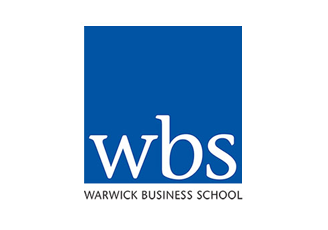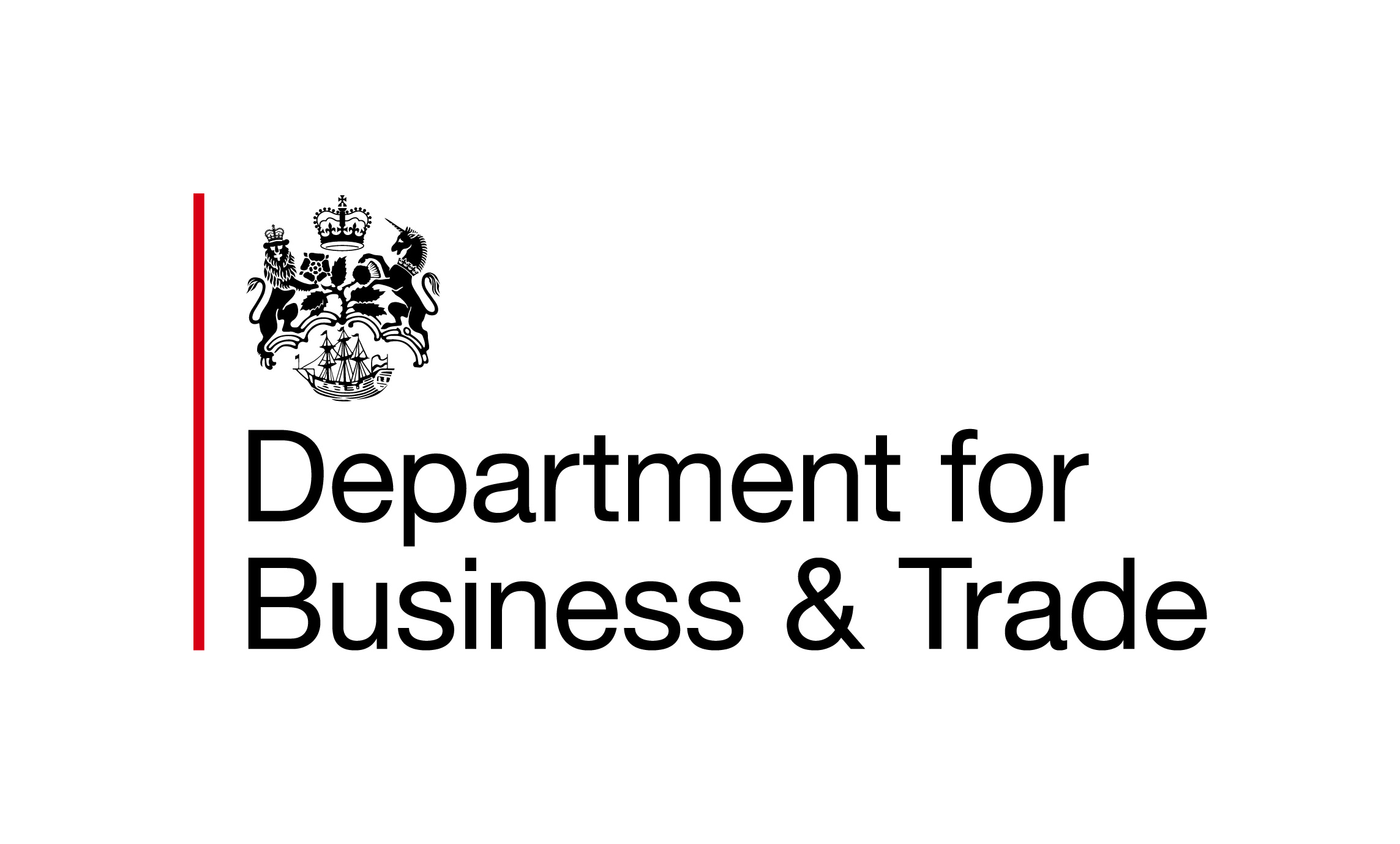Access to finance provides both a potential driver and a barrier to growth for SMEs. This research theme takes as its departure point that insufficient recognition has been given to the notion that different types of finance may be appropriate for different types of SME at different points in time, with different types of growth.
An initial survey of existing research on the relationship between finance and SME growth was completed for April 2013. Two main projects have been undertaken since that point: (a) an investigation of ‘discouragement’, why it happens and what can be done about it; and, (b) development of data sources relating to finance and SME performance. To date the latter project has led to some finished work on family firms but data developments will lead to similar studies on spin-outs, buy-outs and other types of SMEs with different growth trajectories.
Key Research Findings
- Access to finance is not simply a supply-side issue. Demand side factors such as entrepreneurs’ objectives, ownership types and firm life-cycle stages are also important.
- Private equity has a large positive impact on profitability and growth and (controlling for firm size, age, sector and macro-conditions) no impact on insolvency.
- Family firms significantly less likely to fail than non-family firms and board characteristics are the most important difference. In these firms:
- Lower bankruptcy risk is associated with board size, age and experience of directors, gender diversity, director (co)location and networks (multiple directorships)
- Higher bankruptcy risk is associated with: board instability, previous failure experiences and (weakly) ratio of independent directors.
- Discouraged borrowers – businesses which would like to borrow but do not apply for loans as they feel they will be turned down – constitute around 4% of the business population. Some are rightly discouraged as they are unviable. For others discouragement may hinder growth. Discouraged firms tend to be smaller, younger and more risky than most firms. In depth interviews suggest that discouragement is often the result of past refusal of a loan application. Awareness of lending support initiatives such as the Appeals process could help reduce discouragement.
Publications
Back to Borrowing? (White Paper No 8)
Discouraged Borrowers (DBs) are businesses which would like to borrow but which do not apply for bank finance because they either feel they would be turned down (‘indirectly discouraged’), or they’ve made informal enquiries but not proceeded with their application because the bank seemed reluctant to lend (‘directly discouraged’). We know a lot about who discouraged borrowers are but little about what influences whether a small business owner is discouraged or not. This paper explores those factors in more detail and identifies SME’s dissatisfaction with their banking relationship as a key driver.
Download Full Paper (PDF) Download Executive Summary (PDF)
Private Equity, Buy-outs, and Insolvency risk (Research Paper No 8)
Private Equity restructuring using debt has been criticised for increasing financial distress and bankruptcy. This paper compares the insolvency hazard of various buyout types within the corporate population and investigates the risk profile of the companies pre-buyout.
Download Full Paper (PDF) Download Executive Summary (PDF)
Business Survival and the Role of Boards (Research Paper No 1)
This paper examines the question of whether family firms are more likely to survive than non-family firms, focussing on the role of board composition.
Download Full Paper (PDF) Download Executive Summary (PDF)
What Do We Know About The Relationship Between Entrepreneurial Finance and Growth? (White Paper No 4)
This paper explores what we know about the relationship between entrepreneurial finance and growth in SMEs in the UK.








